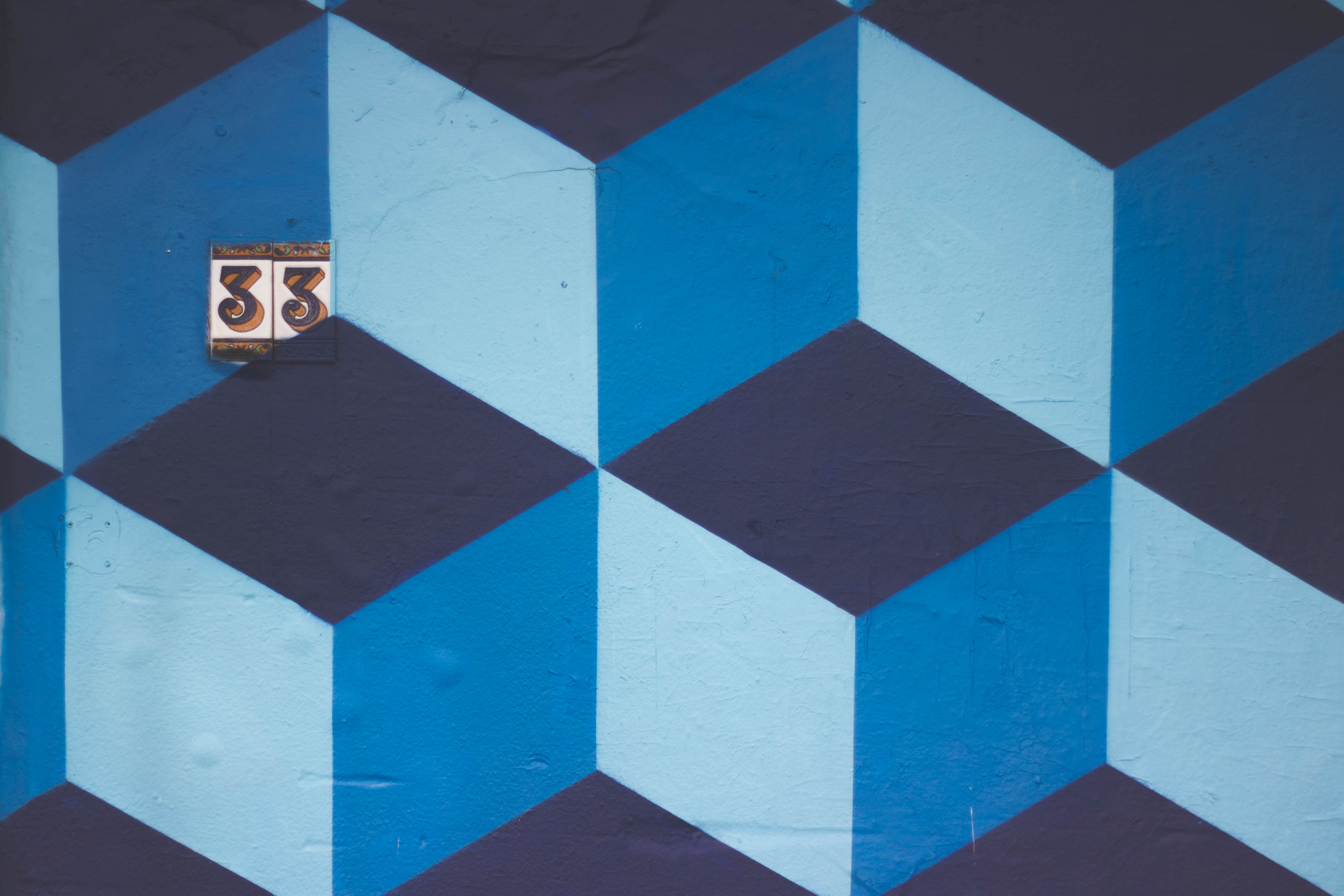5 Great VAT Tips For Businesses
Many business owners prefer preparing their own VAT returns. However, this is one task that can take up lots of time, time you would rather use doing something else more productive. It is important that you do your best to claim back as much as you can while, at the same time, reducing the risk of error. Here are five VAT tips we believe will ease things for you:
- Do not forget to claim VAT on your mileage
Most business owners, especially those owning limited companies, claim mileage to cover their business’ vehicle expenses, normally at a rate of 20 pence or 45 pence per mile. The great thing is that it’s possible to claim VAT back on some fuel elements of these mileage claims. Fuel element is calculated in accordance with Her Majesty’s Revenue and Customs’ advisory fuel rates – view them here. Find the most relevant fuel rate/mile and multiply it by the number of miles covered, before applying the VAT fraction of 1/6 and what you get is the amount you can claim back.
- Let us assist you to choose a VAT scheme that suits your business
Did you know that there is more than one VAT scheme your business can benefit from? For instance, depending on the industry you are in, you could benefit by being on the flat-rate VAT scheme. On this scheme, Value Added Tax is calculated as a percentage of gross sales – for example, for catering businesses, this figure is 12.5%. While this option is one of the simplest to calculate VAT, you could also end up paying less to HM Revenue and Customs as the Value Added Tax calculated using this scheme could be lesser than when using the standard approach.
- Claim Value Added Tax back on bad debts
When one of your customers has an outstanding debt – that’s been there for more than six months – and the chances of receiving payments are slim, you can reclaim sales VAT previously remunerated to HM Revenue and Customs. As such, it is important that you regularly review your records to see who owes you money. One simple way to avoid reclaiming VAT on bad debts is to use the Value Added Tax cash accounting scheme. VAT cash accounting scheme is where you don’t include VAT from sales on your returns until customers have paid you, or VAT from purchases until you’ve paid for them.
- Create a separate bank a/c for Value Added Tax
Value Added Tax is, in effect, a tax that business proprietors collect on behalf of Her Majesty’s Revenue and Customs. While it’s important to manage your business’ cash flow, it is important to note that it is easy to fall into the deception of accidentally spending the money as if it is your own working capital. When this happens, the money will not be available when you are required to make the quarterly payment by Her Majesty’s Revenue and Customs. One way to stop this from happening is creating a separate bank account in which you can set aside your VAT every month. This way, it will be easier to avoid nasty surprises at the end of each quarter.
- Use Reliable Software
A good way to reduce the risk of making errors is by adopting a user-friendly accounting software. Look for an accounting software that will record invoices when they are included on particular VAT returns. Such software will make it easier to avoid VAT on invoices received late being claimed while reducing the risk of it being declared twice. Using a cloud-based accounting software will make it easier, and safer for your accountant to review VAT returns before they are filed. If you think this is an option that could work for you, get in touch with us and we will advise you on which software package between FreeAgen
t, Kashflow, and Xero will be perfect for you.
Some Value-Added Tax Tips
- Park your vehicle on a road – Did you know that paying to park your vehicle on a road isn’t subject to VAT while parking within a multi-story car park or off the street is?
- VAT in the EU varies from country to country and all nations within it have their own VAT thresholds and also their own VAT rates. However, goods sold or bought each nation are subject to EU VAT and tax must be paid. Check out the different rates via this VAT table from VATGlobal.co.uk.
- Eat on the go – There’s still a lot of contention on whether or not VAT is charged on food. However, what matters is where you eat your food. If you order a bottle of water and a sandwich or eat at a café, you’ll be charged VAT on both items. However, if your order takeaway food, your sandwich will not be charged any VAT – but your water will. As such, if you go for takeaway food, you should, theoretically speaking, pay less. But, remember that foods like crisps and confectionaries are subject to VAT irrespective of whether you order them as takeaway or not.
- Entertain employees more often than clients – Entertaining your employees will make it possible for you to recover Value-Added Tax; which is not the case when you entertain your clients since you cannot recover the tax paid.

